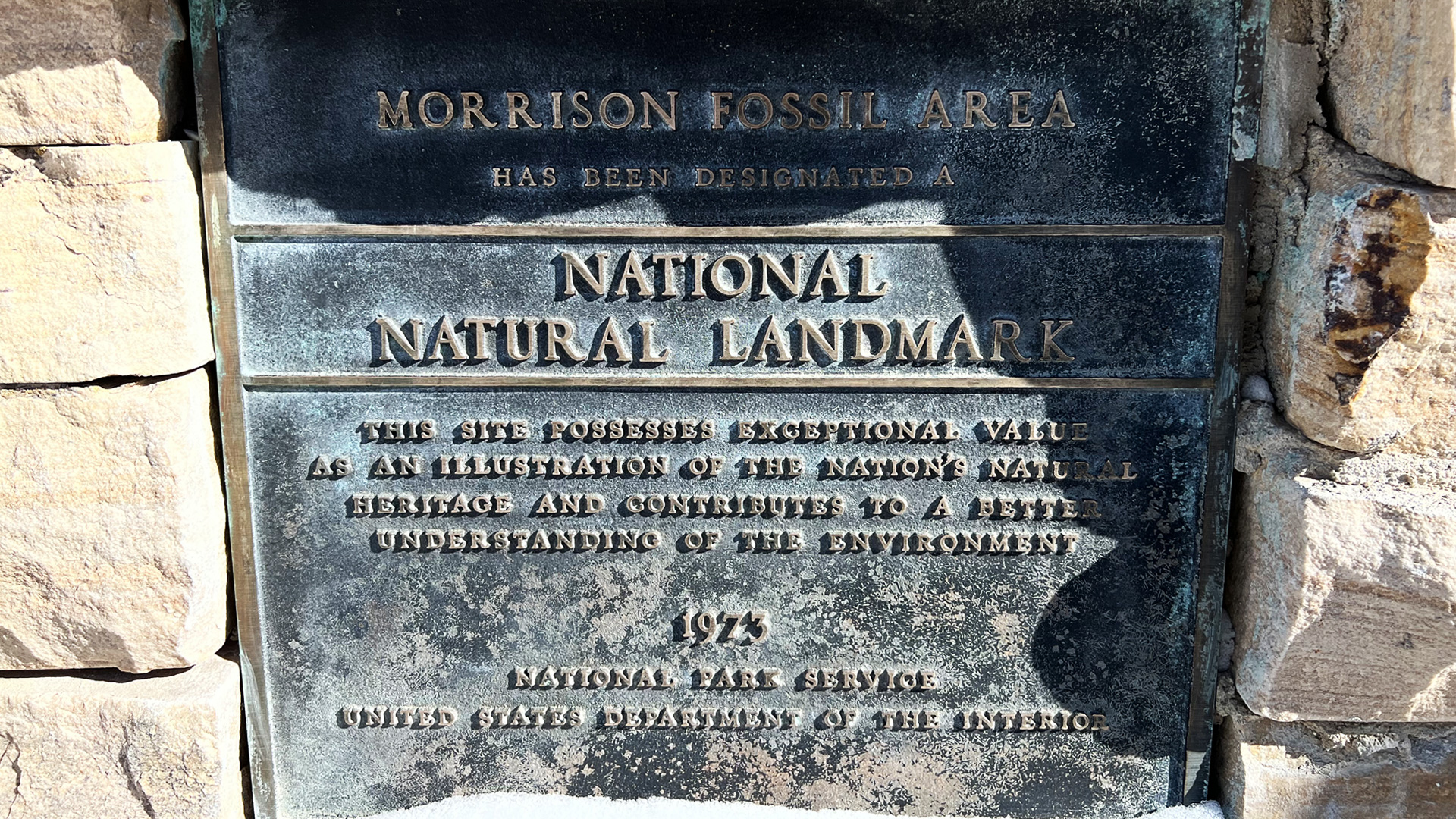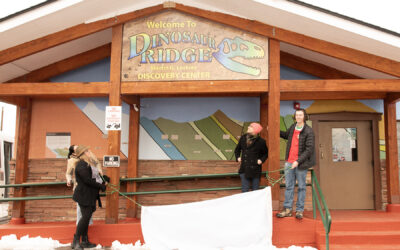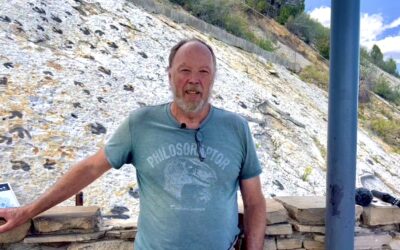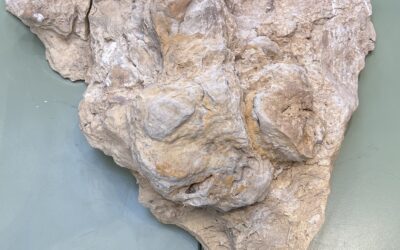As the decline of biodiversity continues to reshape life on Earth, a program started by the Department of the Interior in 1962 has quietly been working to help protect some of America’s most extraordinary natural heritage sites. Six decades later more than 600 locations across the U.S. ranging in size from four acres to more than 900,000 are designated National Natural Landmarks (NNLs).
In 2023 a handful of NNLs will celebrate their 50th anniversaries of the designation, including the Morrison Fossil Area NNL in Colorado. Later expanded to the Morrison-Golden Fossil Areas NNL, a section of the original designation includes Dinosaur Ridge. This area sits on Jefferson County Open Space land where a nonprofit called Friends of Dinosaur Ridge (FODR) leads efforts to protect the Cretaceous and Jurassic period dinosaur fossils and tracks on site, while sharing scientific knowledge with visitors.
“Dinosaur Ridge is a unique geological phenomenon with an unparalleled concentration of unique paleontological treasures, where people can easily view the fossilized remains of prehistoric life in Colorado right where they were uncovered,” said Executive Director Jeff Lamontagne. “Our organization formed after the NNL designation. A group of local scientists and community members who understood the area’s significance and were committed to its protection created the nonprofit in the spirit of the NNL.”
NNLs provide some of the best remaining examples of geological or biological features. In these places you may see ancient landscapes, or remarkable aquatic ecosystems. Diamond Head in Hawaii and the Rancho La Brea tar pits in Los Angeles County are examples of well-known NNLs. Not all are tourist destinations, and unlike Dinosaur Ridge, some are not open to the public at all.
The NNL Program is administered by the National Park Service and participation includes a voluntary commitment on the part of landowners to maintain the integrity of the property as it was when designated. “NNL sites, which are owned and managed by a variety of public and private land stewards, highlight the important role that every person and organization can play in protecting our country’s natural diversity,” said NNL Program Manager Heather Eggleston.
While NNLs are not units of the National Park System, designation provides the opportunity for landowners who share an allegiance to protecting America’s natural treasures to partner with the National Park Service in collaboration for conservation.




